Table Of Contents
- What is a Shadow Study?
- 1. Massing, Orientation and Building Placement in a Site
- 2. Glazing Location on Façade and Window-to-Wall Ratio
- 3. Shading Device Design and Glare Control
- 4. Daylighting, Energy Efficiency and Renewable Energy Production
- 5. Outdoor Spaces Design
- 6. Impact on Urban Context
- 7. Impact on Landscaping Plant Selection
- Conclusion
Table Of Contents
- What is a Shadow Study?
- 1. Massing, Orientation and Building Placement in a Site
- 2. Glazing Location on Façade and Window-to-Wall Ratio
- 3. Shading Device Design and Glare Control
- 4. Daylighting, Energy Efficiency and Renewable Energy Production
- 5. Outdoor Spaces Design
- 6. Impact on Urban Context
- 7. Impact on Landscaping Plant Selection
- Conclusion
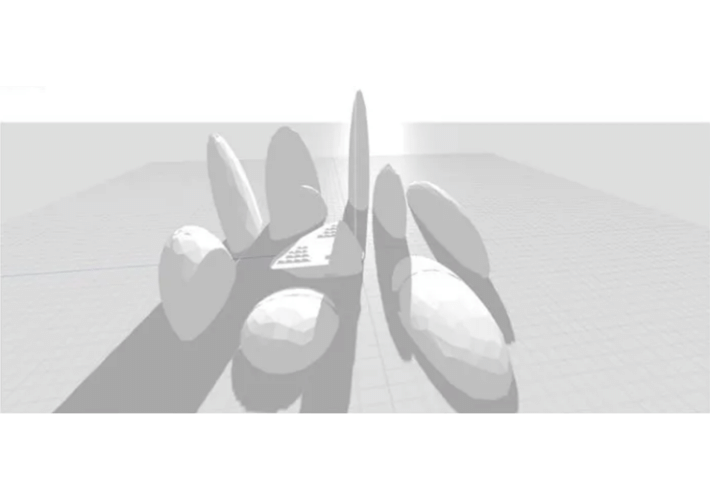
What is a Shadow Study?
Shadow is an important consideration in the design process as it impacts a building's design, performance and occupants’ satisfaction. Shadow studies allow designers to evaluate the movement of the sun across a site and understand how shadows cast by nearby buildings, trees, or other objects will impact solar access and natural lighting. This information is crucial for optimizing building orientation, shape, placement of outdoor spaces, and informing other design decisions to improve the quality and performance of the proposed design. By analyzing shadow patterns, designers can also assess the impact of a building's form and height on neighboring buildings and public spaces, minimizing negative impacts while enhancing the surrounding environment. Overall, shadow studies are an essential tool in building design, ensuring that buildings are optimized for solar access, energy efficiency, occupant comfort, and aesthetic appeal.
Here are 7 ways designers can use shadow analysis to inform design decisions:
1. Massing, Orientation and Building Placement in a Site
Shadow patterns have a significant impact on the massing and orientation of a building or structure. By analyzing the shadow patterns cast by neighboring buildings, trees, and other factors, designers can determine the best massing, orientation and place on the site for the proposed structure to optimize sunlight and views or to mitigate their effects due to the project requirements such as function, glare issues, etc. For example, a building may be designed with setbacks or terracing to create outdoor spaces that receive more sunlight and views, while also reducing the negative impact of shadow cast on neighboring properties.
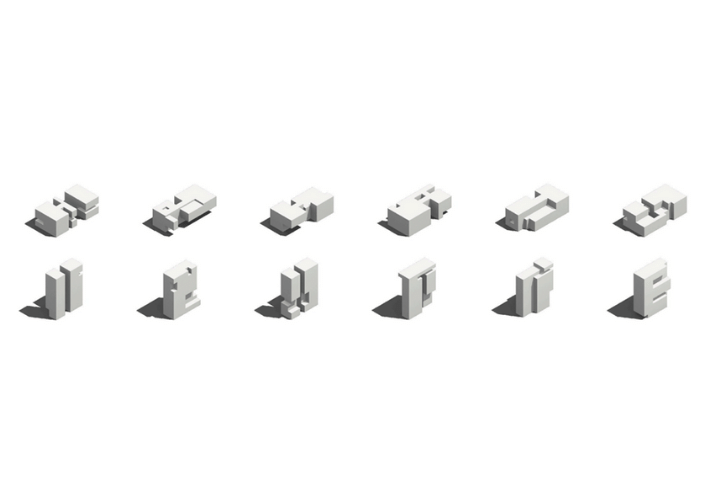
2. Glazing Location on Façade and Window-to-Wall Ratio
Shading studies help to identify areas of the building that are exposed to direct sunlight and areas that are shaded. By analyzing the patterns of sunlight and shade throughout the day and throughout the year, architects and engineers can determine the optimal window-to-wall ratio and window placement for a building. If a building is located in a hot climate with high levels of direct sunlight, a lower window-to-wall ratio may be desirable to reduce the amount of heat gain through the windows. In this case, shading devices such as overhangs, louvers, or shading screens may be necessary to protect the windows from direct sunlight and reduce the amount of solar heat gain. On the other hand, if a building is located in a cooler climate with low levels of direct sunlight, a higher window-to-wall ratio may be desirable to maximize natural light and passive solar heating. In this case, the windows may be strategically placed to capture as much sunlight as possible during the winter months.
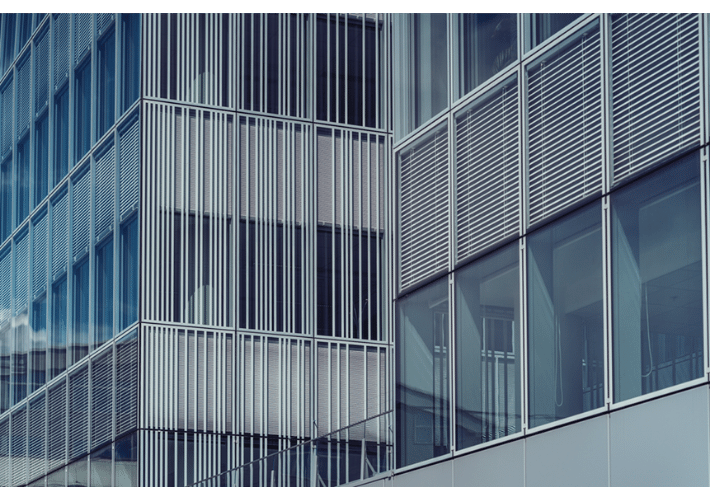
Additionally, shadow analysis allows designers to understand the times of day/year when the proposed design self-shades itself. For cooling dominated climates this allows the designer to add fenestration in “shaded” parts of the façade to reduce solar heat gain, while for heating dominated climates, this allows designers to do the inverse and place fenestration for high heat gain.
3. Shading Device Design and Glare Control
Shadow analysis also helps designers determine the most effective shading devices to control glare and direct sunlight, such as louvers, awnings, or overhangs. By analyzing the path of the sun and the location of adjacent buildings and objects, designers determine the optimal size, shape, and location of these shading devices to increase occupants' visual and thermal comfort.
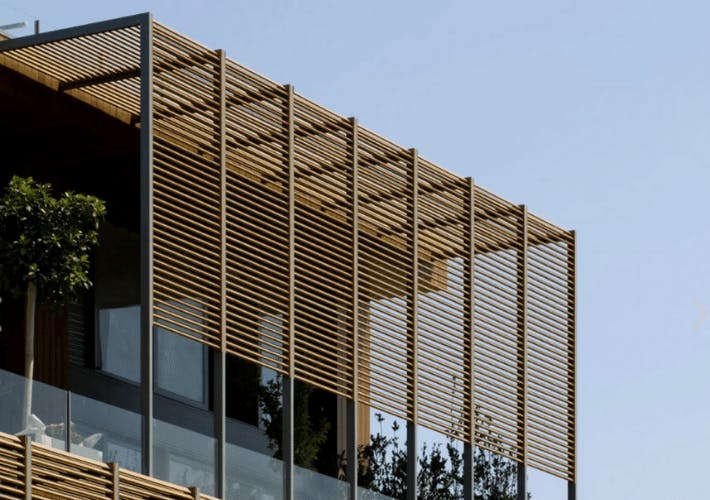
4. Daylighting, Energy Efficiency and Renewable Energy Production
Shadow analysis allows designers to optimize the use of natural daylight in a building, reducing the need for artificial lighting and improving energy efficiency. By analyzing the intensity and duration of sunlight in different areas of the building throughout the day, designers optimize the location and size of windows, skylights, and other openings to maximize natural light and minimize unwanted heat gain which increases the cooling load and HVAC-related energy consumption in a building.
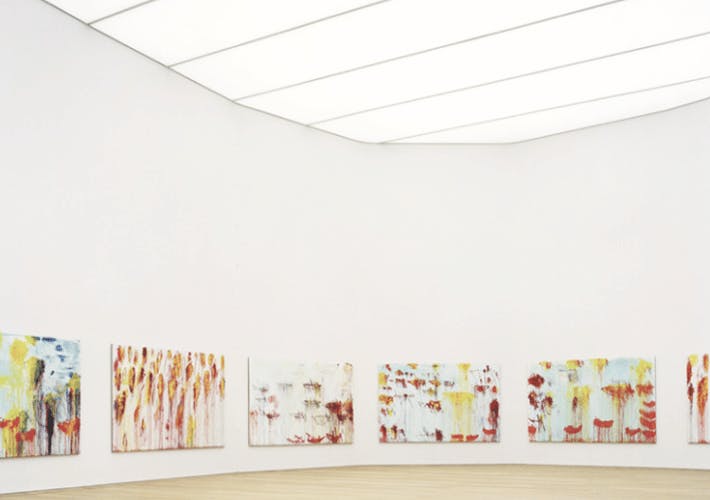
Additionally, by analyzing the sun path and identifying areas of shade and sunlight, designers determine the optimal placement and orientation of solar panel systems to maximize energy production.
5. Outdoor Spaces Design
Outdoor areas provide a space for people to relax, socialize and enjoy the fresh air, water features and landscape. Maintaining outdoor comfort using passive strategies is essential to make the outdoor seating area lively and enjoyable. Shading studies help designers to determine the best strategies for either reducing solar radiation and glare or increasing solar heat gain and daylight to create a comfortable and visually appealing outdoor environment based on the climate condition. For instance, in a hot and humid climate like Atlanta, designing outdoor spaces in shade provides occupants with more comfort whereas in a cold climate like Boston, designers want to maximize solar heat to provide thermal comfort.
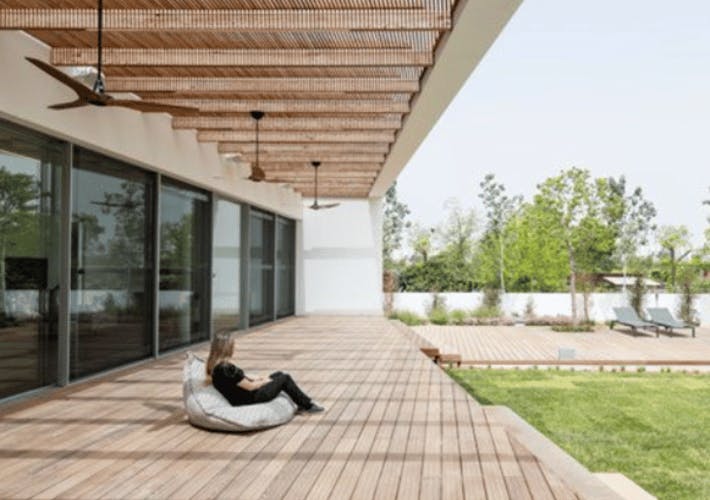
Shading strategies often involve natural shading elements like trees, or designed shading structures such as louvers, screens, and shades, to filter light and reduce direct sunlight exposure for people to sit and relax comfortably.
6. Impact on Urban Context
Shadow analysis helps designers assess the impact of a building on public spaces and the surrounding community. For example, in dense urban areas, tall buildings can cast long shadows that block sunlight from reaching the streets and adjacent buildings. This can lead to a lack of natural light, which can negatively affect the quality of life for people living and working in the area. By analyzing the extent and duration of shadows cast by the building, designers adjust the building's height, setback, and shape to minimize the impact on nearby parks, plazas, and residential buildings.
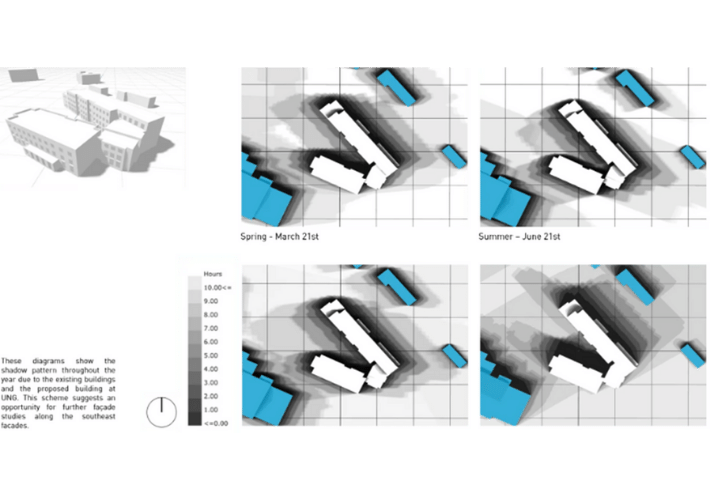
Above is a sample of shadow study images from analysis.tool compiled together to represent the effective annual shade cast during each season. A study image is taken at every hour during occupiable hours (8am to 7pm). Such graphics/results help architects to understand the impact of a building on its context and come up with the proper design solutions to minimize any adverse effects.
7. Impact on Landscaping Plant Selection
Various plant species have different solar or minimum hours of direct sun requirements. Shadow analysis helps inform the design of outdoor spaces and landscaping by identifying areas that may receive more or less sunlight, and adjusting the selection and placement of plants, trees, and other elements accordingly. For example, a shadow study may reveal that a particular area of the site receives little to no sunlight during the day, making it unsuitable for plants that require full sun. Conversely, an area that receives direct sunlight for most of the day may be better suited for plants that thrive in these conditions.

Conclusion
In conclusion, shadow studies are a crucial tool in building design that allows architects and engineers to evaluate the movement of the sun across a site and understand how shadows cast by nearby buildings, trees, or other objects will impact solar access, natural lighting, occupants’ comfort and energy performance of a building. By comprehending how sunlight and shadows interact with the built environment, designers optimize the building orientation and shape, identify the ideal shading devices to manage glare and direct sunlight, maximize natural light utilization, minimize the need for artificial lighting, and enhance energy efficiency. Overall, incorporating shadow studies into the design process can lead to better-designed and more sustainable buildings and urban spaces.
